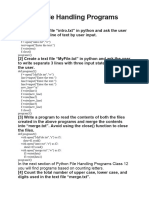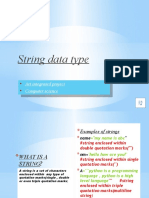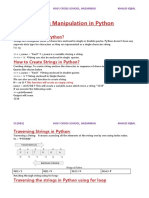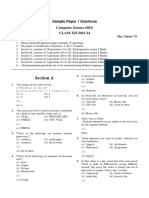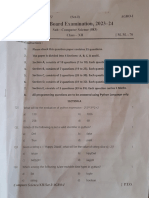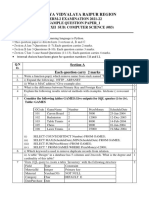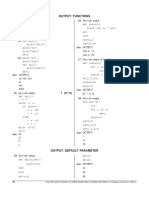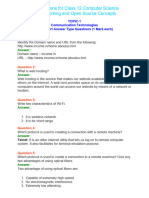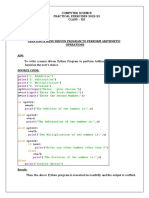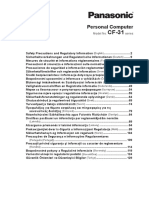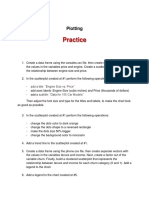0% found this document useful (0 votes)
562 views16 pagesFile Handling Programs For XII B
Vhj
Uploaded by
devisiva060578Copyright
© © All Rights Reserved
We take content rights seriously. If you suspect this is your content, claim it here.
Available Formats
Download as PDF, TXT or read online on Scribd
0% found this document useful (0 votes)
562 views16 pagesFile Handling Programs For XII B
Vhj
Uploaded by
devisiva060578Copyright
© © All Rights Reserved
We take content rights seriously. If you suspect this is your content, claim it here.
Available Formats
Download as PDF, TXT or read online on Scribd
/ 16


